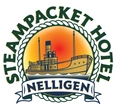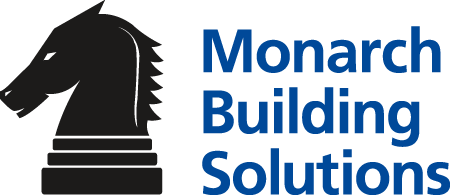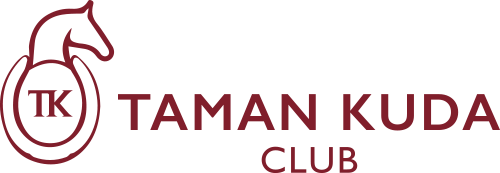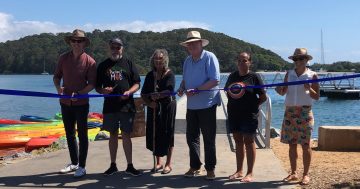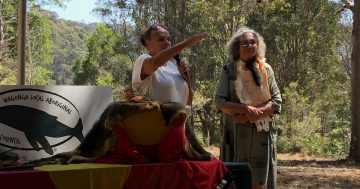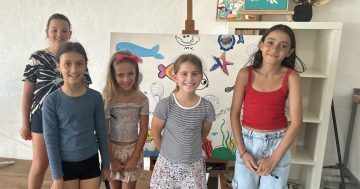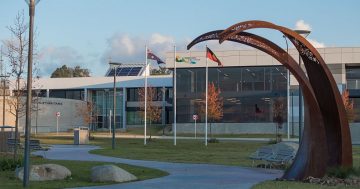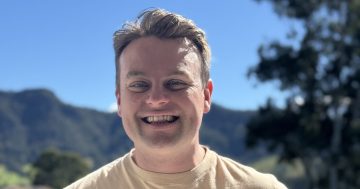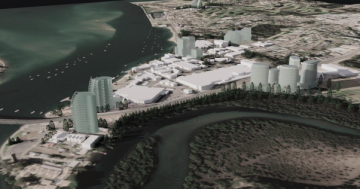
Eurobodalla Shire Mayor Mat Hatcher, Joonga Land and Water Aboriginal Corporation director Wally Stewart, Aunty Vivienne Mason of the Djaadjawan Dancers, Member for Bega Dr Michael Holland, Julie-Ann Mason, chair of Wagonga Local Aboriginal Land Council, and Tonia Clarkson of NSW Department of Primary Industries and Regional Development at the official opening of the Wagonga Inlet Living Shoreline in Narooma on 1 February. Photo: Marion Williams.
Wagonga Inlet is the subject of a first-of-its-kind research study that seeks input from Narooma residents and visitors.
PhD candidate at the Australian National University Jim DelBene is raising the voices of the community to help fill a gap in the information that is available to community groups and decision-makers. His research aims to establish a detailed baseline of what matters most in Wagonga Inlet, and why.
The study focuses on values that cannot easily be measured in dollars, such as the pristine water quality that supports businesses or a family’s favourite swimming spot.
Mr DelBene said this information was often collected through complaints or from submissions during exhibition periods.
“So, there isn’t comprehensive information about why a location is valued, only from people who pick a side in response to a specific issue,” he said. “I’m trying to gather insights outside of these processes.”
Mr DelBene studies marine social science, working at the interface of science and policy. He is interested in how science can be used to better inform decision-making processes affecting communities and coastlines.
He first visited Wagonga Inlet last year during the NSW Coastal Conference, drawn by the innovative, award-winning Wagonga Inlet Living Shoreline (WILS) project.
It replaced a failing rock seawall with a natural solution to better protect against coastal erosion. Importantly, it includes intertidal and subtidal oyster reefs which help to mitigate wave energy and restore habitat.
“I did a global literature review on socio-cultural values research,” he said. “There is a lack of information on the values associated with living shorelines and oyster reefs. That put Wagonga Inlet on my map.”
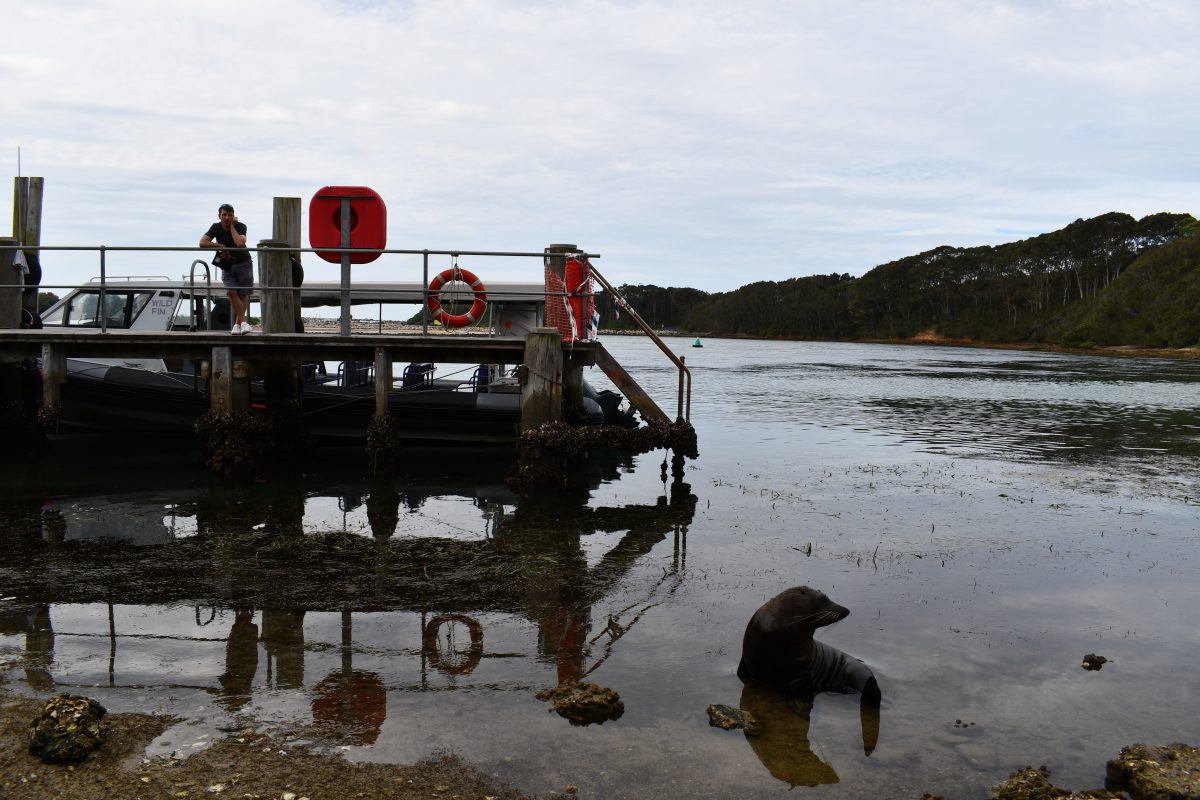
The research is showing that different parts of Wagonga Inlet are important to different people. Photo: Abigail Hils.
Once on the ground talking to people, it became clear the study needed to expand beyond WILS to cover the entire inlet, delivering something more useful to the community.
The study has three components, including a 20-minute online survey intended to cast a broad net across the community and visitors.
Mr DelBene is also facilitating two workshops with key stakeholders from local industry and community groups that use and value Wagonga Inlet.
To identify workshop participants, he first spoke with Eurobodalla Shire Council and other groups involved in the WILS project. From there, referrals spread organically.
“It’s all by word of mouth,” Mr DelBene said. “That is how I identified people to speak on behalf of broader groups invested in Wagonga Inlet.”
The final component involves interviews conducted at WILS.
“Each component of this study attempts to meet people where they are, combining different approaches to help piece together the whole puzzle of what people care about and why.”
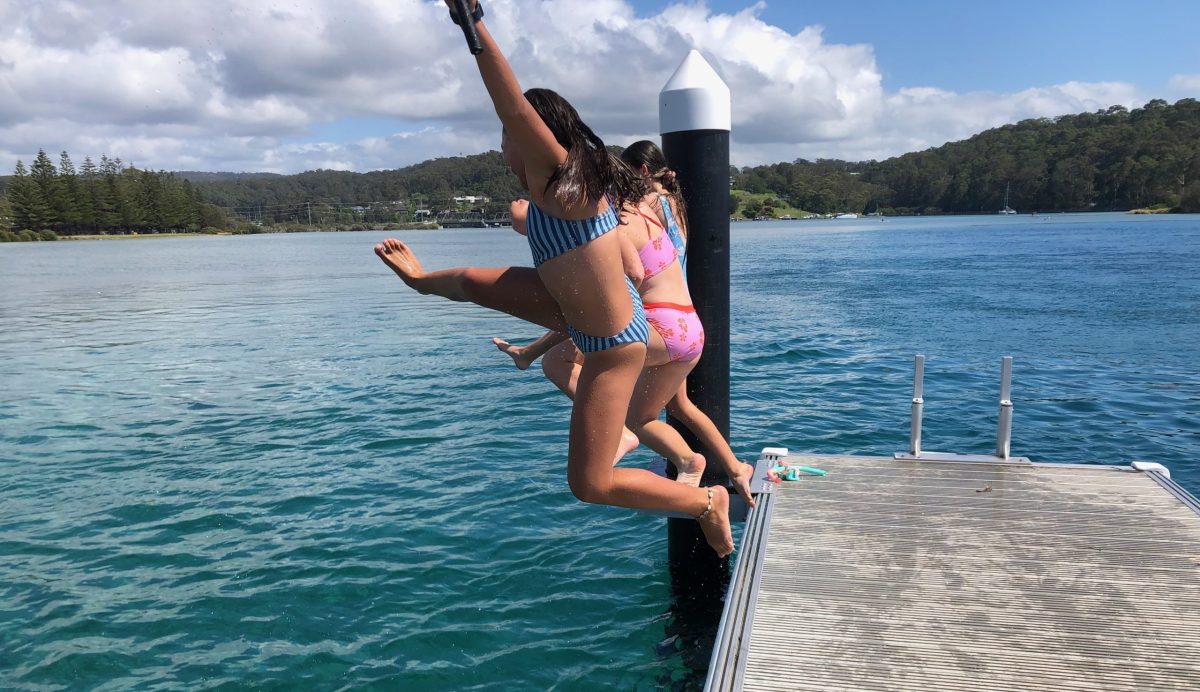
The first three to dive off the new jetty at the official opening of the Wagonga Inlet Living Shoreline in Narooma on 1 February. Photo: Marion Williams.
Overall, the community response has been positive, but some have been wary of participating due to past experiences with management outcomes.
“Most people recognise that this type of information is important and can help to fill a data gap in decision-making processes about Wagonga Inlet,” Mr DelBene said. “This research project was designed to provide everyone with a voice, and I hope that past experiences don’t prevent individuals from participating because their voices are often the ones most needed.”
While in Narooma, Mr DelBene enjoys getting involved, whether joining the run club, swimming in the inlet, or volunteering at the Oyster Festival. He is blown away by the number of groups of like-minded people and how many different hats everyone wears.
As part of his PhD, he is required to publish in a scientific journal, but Mr DelBene is committed to producing something that is accessible and useful for the community
He is refining a map of values identified during the first workshop and plans to share all research results early next year.
The online survey began mid-April and closes in late July. The second workshop will be held in August.
Mr DelBene likes learning how people connect with the inlet.
“It is always interesting hearing the different stories and relationships people have with the inlet,” he said. “Whether it’s essential for their livelihood or a place to unwind after work, every perspective helps to understand the value of the inlet.”
To share your voice and enter a prize draw for one of three $100 grocery gift cards, visit the survey site.




